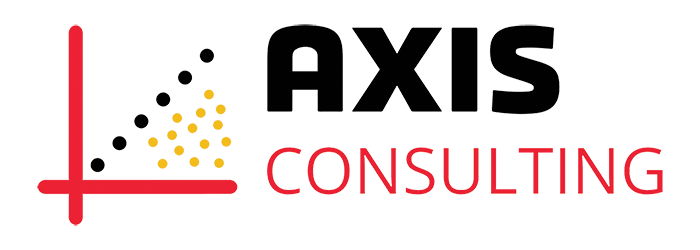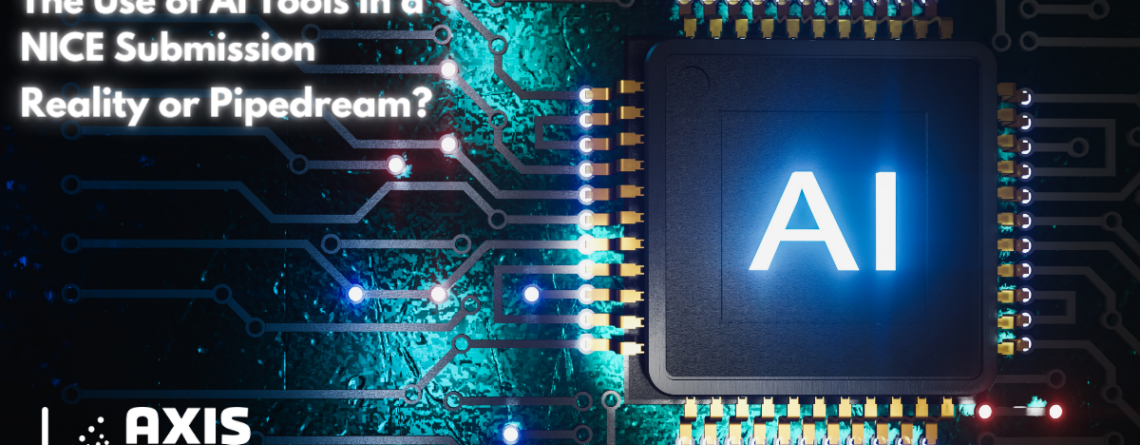Brenda Dooley, Founder/CEO of AXIS Healthcare Consulting chaired a recent Life Science Access Academy webinar ‘The Use of AI Tools in a NICE Submission – Reality or Pipedream?’, bringing together experts from industry, consulting, NICE and academia to discuss the use of artificial intelligence (AI) in health technology assessment (HTA) submissions to NICE. These discussions focused on AI tools used in the submission process. It was a fascinating discussion!
Transparency and integration of AI submissions:
37% of attendees stated they had integrated AI into their HTA submissions to NICE, with 17% using it in the systematic literature review and 8% whilst drafting sections of the dossier. There was overwhelming support for the use of AI within the dossier to be declared (93% of attendees)
AI should complement, not replace, human expertise in healthcare submissions e.g. humans sense checking AI output to ensure the accuracy needed in healthcare decision making is maintained.
There is a need to move towards a standardised approach for the use of AI in HTA to build a shared understanding and acceptance. However, given the pace of AI evolution all stakeholders will need to continually upskill to keep on top of the technology.
Pilot Projects:
Industry is piloting the use of AI in a variety of areas to increase efficiency through the entire product lifecycle from R&D through to commercialisation.
AI is already being used in elements of NICE submissions – a representative from industry discussed how they had already incorporated AI use in Systematic Literature Review (SLR) within a recent submission. The proof of concept for AI in SLR had been tested internally before the utilising in HTA. The implementation was a highly collaborative pilot, and the use of AI was flagged throughout the NICE process, focusing on low-risk elements of appraisals (12-month SLR update).
NICE are also looking at the application of AI in their internal processes to harness efficiencies. NICE are very open to discuss the potential for the use of AI tools with companies.
Need for guidance:
NICE are acutely aware of the need for guidance in the use of AI in their works and have ongoing collaboration with Health Data Science (HDS) agencies and other stakeholders to gain a deeper understanding of the application of AI.
The development of a NICE guide on the use of AI within HTA is important for NICE. The development of appropriate guidance will need to be collaborative with not only industry/academic stakeholders but also with new stakeholders in the AI space. NICE is already reviewing the AI guidance coming out of the regulatory agencies as AI is already being utilised in clinical trial design and analysis.
A challenge will be to keep the guidance up to date and relevant to the available AI tools which are evolving rapidly.
Application of AI in HTA
AI is considered at this stage more likely to bring efficiencies in terms of evidence generation (e.g. SLR, model conceptualisation), rather than the external critique of the evidence by EAG and Committee decision making, where issues require nuanced understanding best achieved through expert discussions.
Variability in acceptance of AI across different countries could leads to barriers. For example, if AI is being used in the development of Global materials such as SLRs, this variation in acceptance could lead to risk of needing to perform both AI and manual SLRs to meet local needs HTA requirements.
The use of AI should always be communicated to NICE to ensure that trust between company and NICE is built and maintained throughout the process. If using AI within the submission, ensure that it is being used correctly and providing accurate information and not adding further level of uncertainty for the Committee to have to consider.

